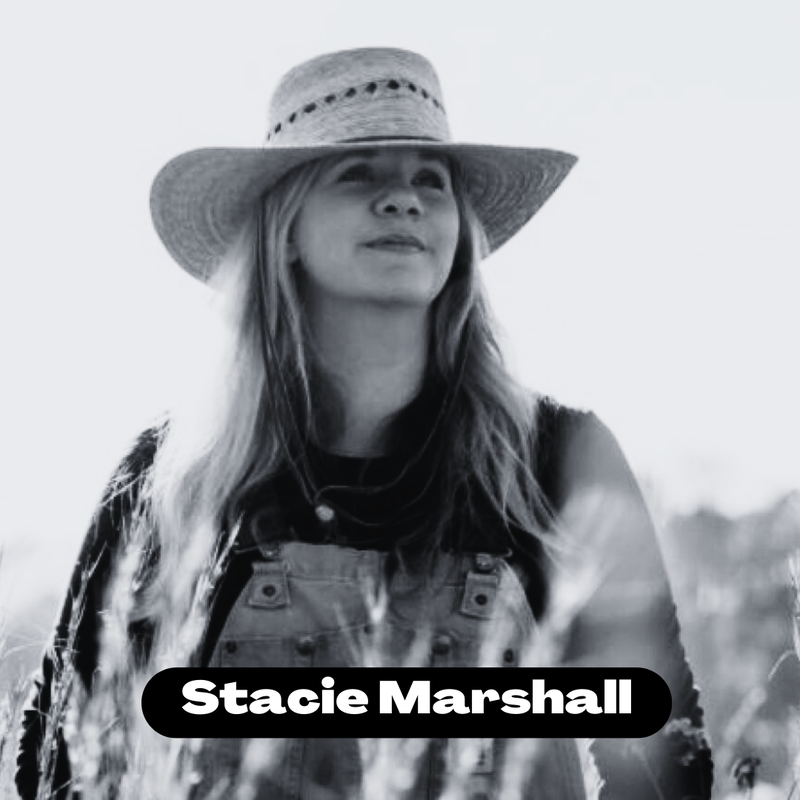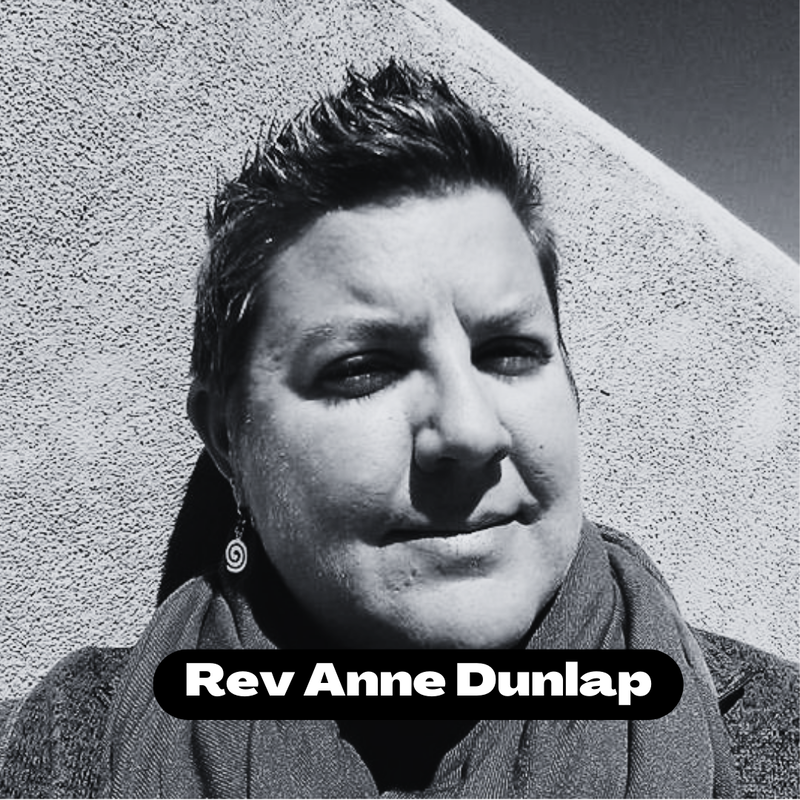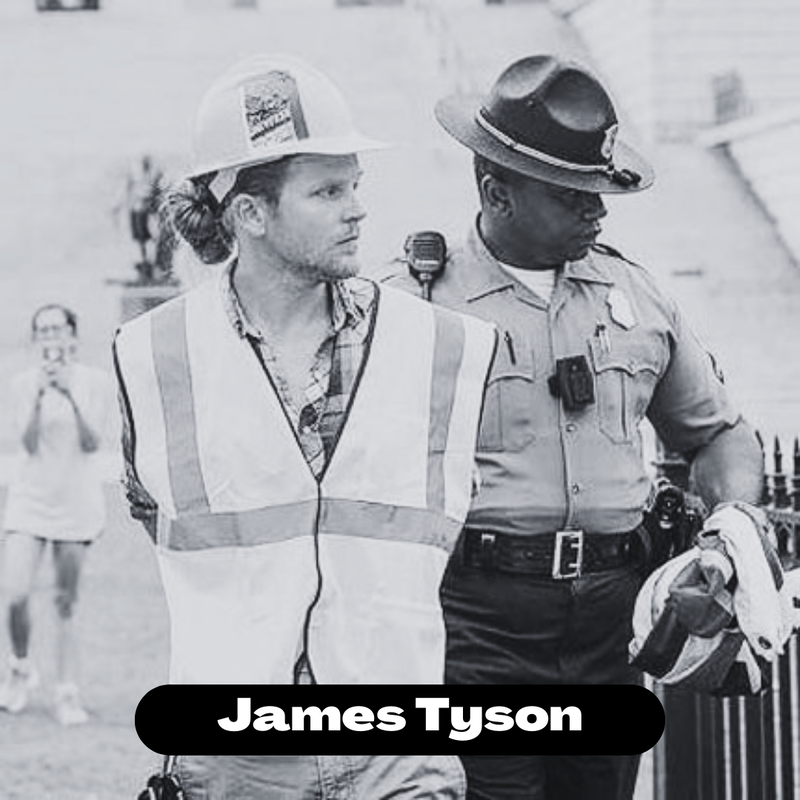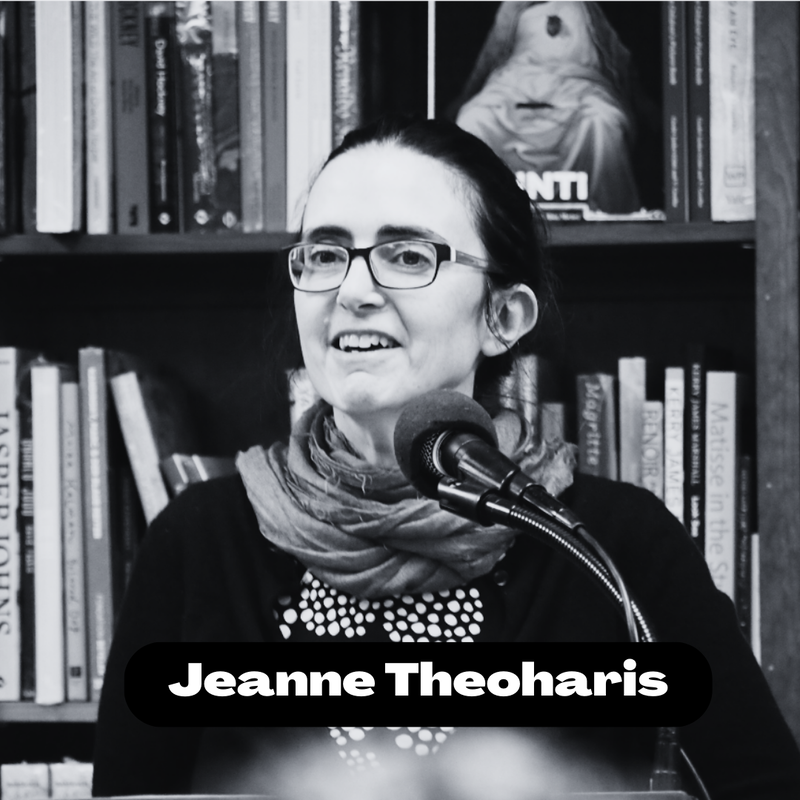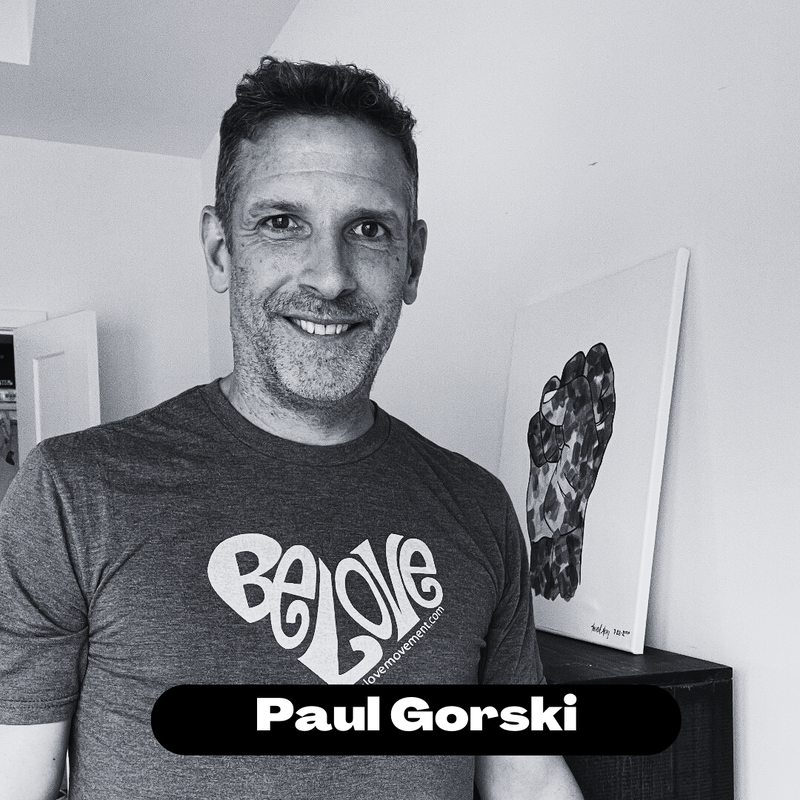- About Us
-
Inquiry Series
-
Current Year 23 - 24 School Year
>
- June: End of Year Reflection
- May: How do we support students of color navigating admissions processes?
- April: How do we support students and teachers when they face backlash for speaking out for racial justice?
- March: How can we find inspiration in white antiracists currently doing this work?
- February: How can we learn from white anti-racists of the past?
- January: How can you build solidarity across differences?
- December: How do we give ourselves space to process when we feel stuck/overwhelmed/enraged?
- November: How do we fight back against attacks on racial and gender justice education?
- October: Why is it important to understand both the history of CRT and what it has come to mean?
- September: How do we keep the focus on race as we engage in antiracist reflective practice?
- Previous Inquiry Series
- Inquiry Resources >
-
Current Year 23 - 24 School Year
>
-
Summer Events
- Writings
Last month, we explored white antiracists in history. This month, we continue to draw inspiration from the work of white antiracists. We offer a “choice board” of individuals who are fighting racism today. We encourage you to give your participants the choice this month to choose which activists they would like to read about. Participants may journal using any of the questions below. Journaling as a practice would help participants connect the stories from the choice board to their own lives, enabling self-reflection and transformation.
Primary Resource:
Primary Resource:
Questions:
Secondary Resources:
Facilitation Reference Guide:
Feedback Form:
As we grow in year six, we hope that one person in your group can take a few minutes to fill out our feedback form to let us know how it went.
- What barriers are these individuals overcoming to do the work they do? What enabled them to do so? What does this bring up for you when you think about the barriers you face to doing this work?
- What evolution do you see in the beliefs or in the work of these activists? What does it mean to you that they evolved? Where do you see yourself in your antiracist journey?
- What about these people’s work is inspirational to you?
- Describe your context. What antiracist goals have you pursued? What barriers have you faced? How can we apply what we learned from these examples in our own context?
Secondary Resources:
Facilitation Reference Guide:
- Set a day and time for your group to meet - Make sure to send reminders. If you’re meeting in person, snacks are always a good idea!
- Send this month’s Primary Resource to your group. Look through the additional readings to see if there is another reading that might be better suited to your group and its interests.
- Prepare yourself to facilitate by reading through our Norms and Discussion Protocol.
- Pass the Hat and collect donations for Fund for Reparations NOW this month.
- Complete the Feedback Form.
- Prepare yourself for next month by setting a date and time, inviting colleagues, and looking out for our next Discussion Guide on April 1st.
Feedback Form:
As we grow in year six, we hope that one person in your group can take a few minutes to fill out our feedback form to let us know how it went.
Pass The Hat:
In addition to being accountable to our colleagues and students of color, we believe it is important to be financially accountable to people of color who are doing this work on a daily basis. Each month, we will recommend an organization led by people of color, in education and beyond, doing the work of pushing for justice.
At the end of each monthly discussion, pass a hat (or a box) and collect donations for the designated organization. You can then have one group member go online and donate in the name of your school. If you want, you can add “Building Anti-Racist White Educators” after your school name
The Fund for Reparations NOW! (FFRN!) is an intergenerational community of white people working in solidarity with the National African American Reparations Commission (NAARC). Following NAARC’s Black leadership, FFRN! is dedicated to the immediate implementation of the 10-Point Plan, modeling now what reparations will look like when they are formally granted from the federal government. Currently, donations go to Point 9, preserving Black sacred sites and monuments.
In addition to being accountable to our colleagues and students of color, we believe it is important to be financially accountable to people of color who are doing this work on a daily basis. Each month, we will recommend an organization led by people of color, in education and beyond, doing the work of pushing for justice.
At the end of each monthly discussion, pass a hat (or a box) and collect donations for the designated organization. You can then have one group member go online and donate in the name of your school. If you want, you can add “Building Anti-Racist White Educators” after your school name
The Fund for Reparations NOW! (FFRN!) is an intergenerational community of white people working in solidarity with the National African American Reparations Commission (NAARC). Following NAARC’s Black leadership, FFRN! is dedicated to the immediate implementation of the 10-Point Plan, modeling now what reparations will look like when they are formally granted from the federal government. Currently, donations go to Point 9, preserving Black sacred sites and monuments.
